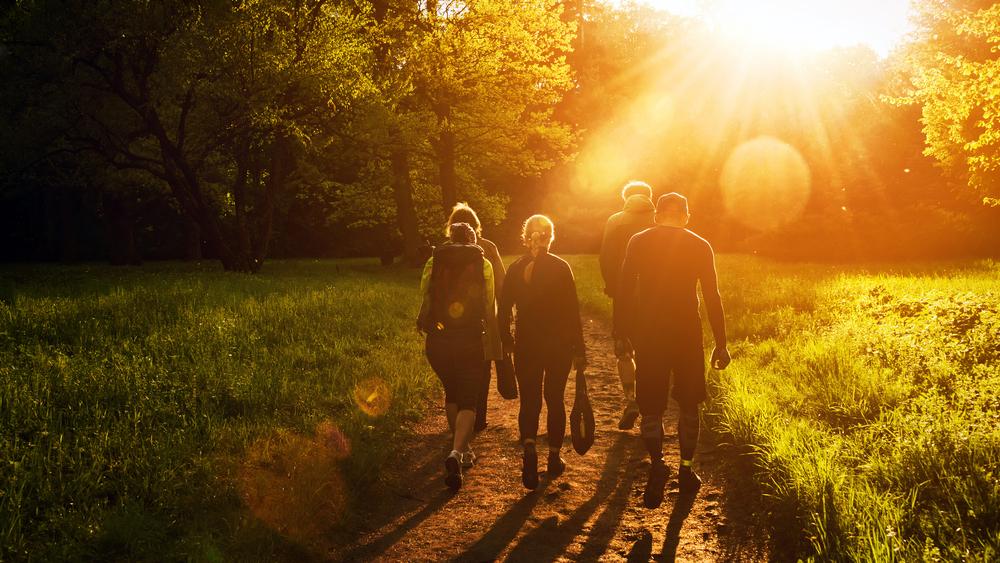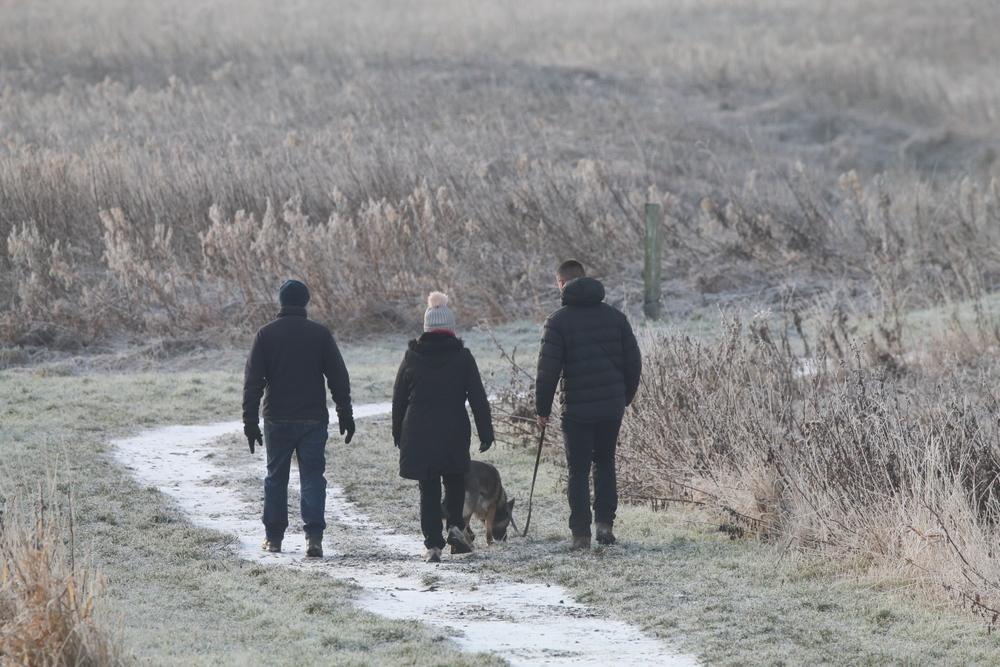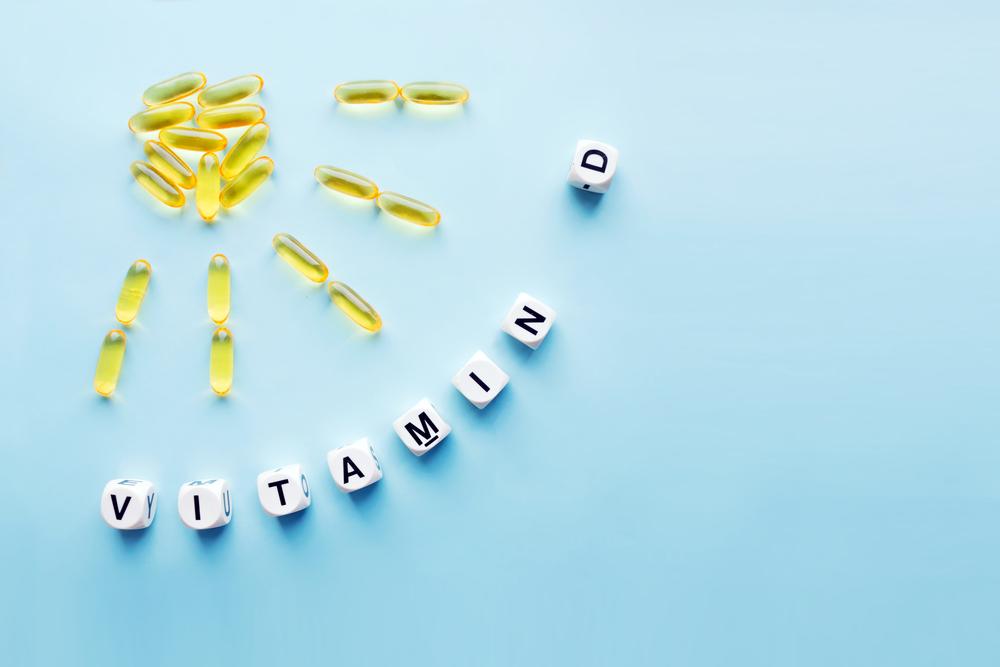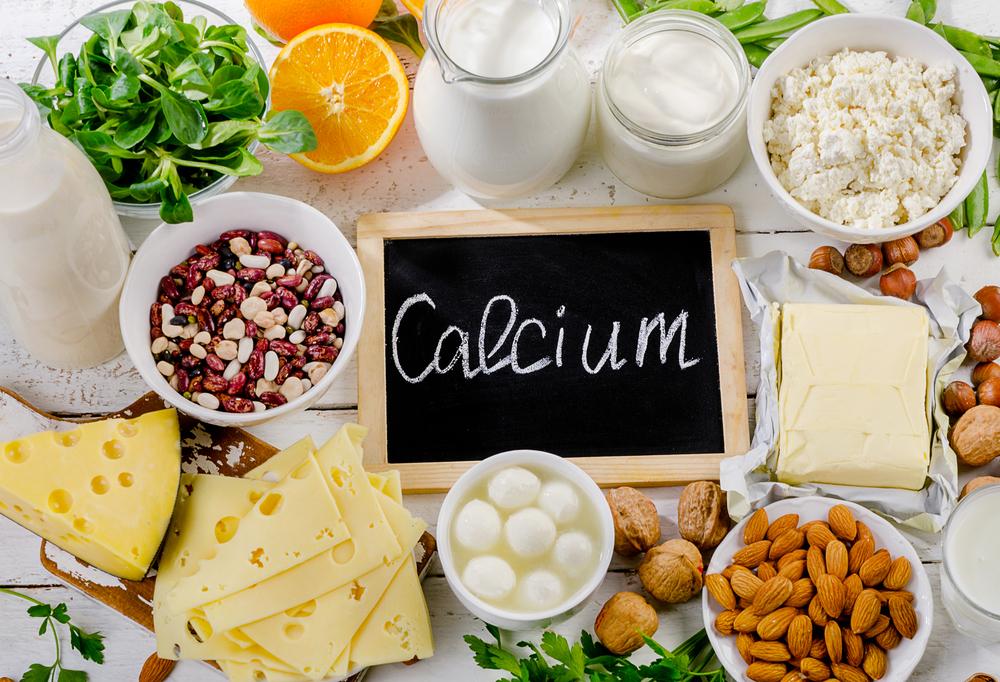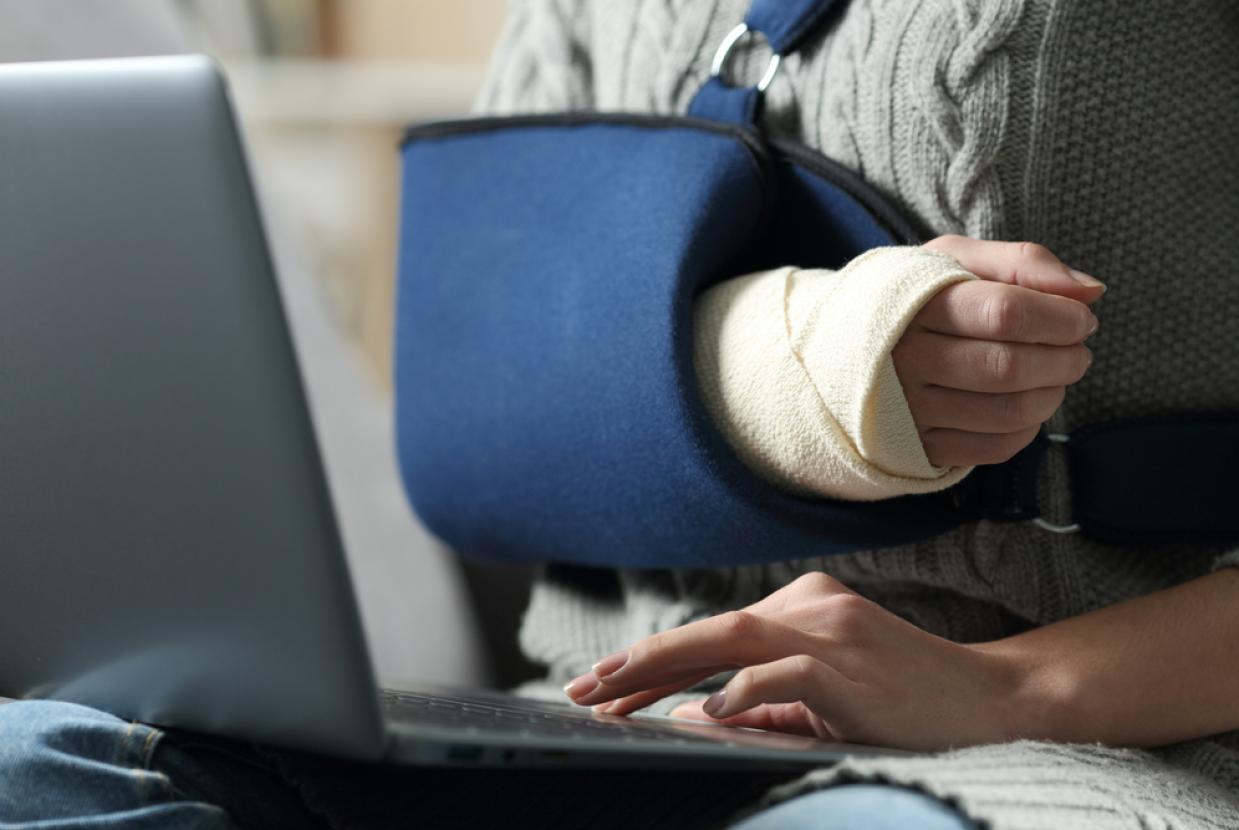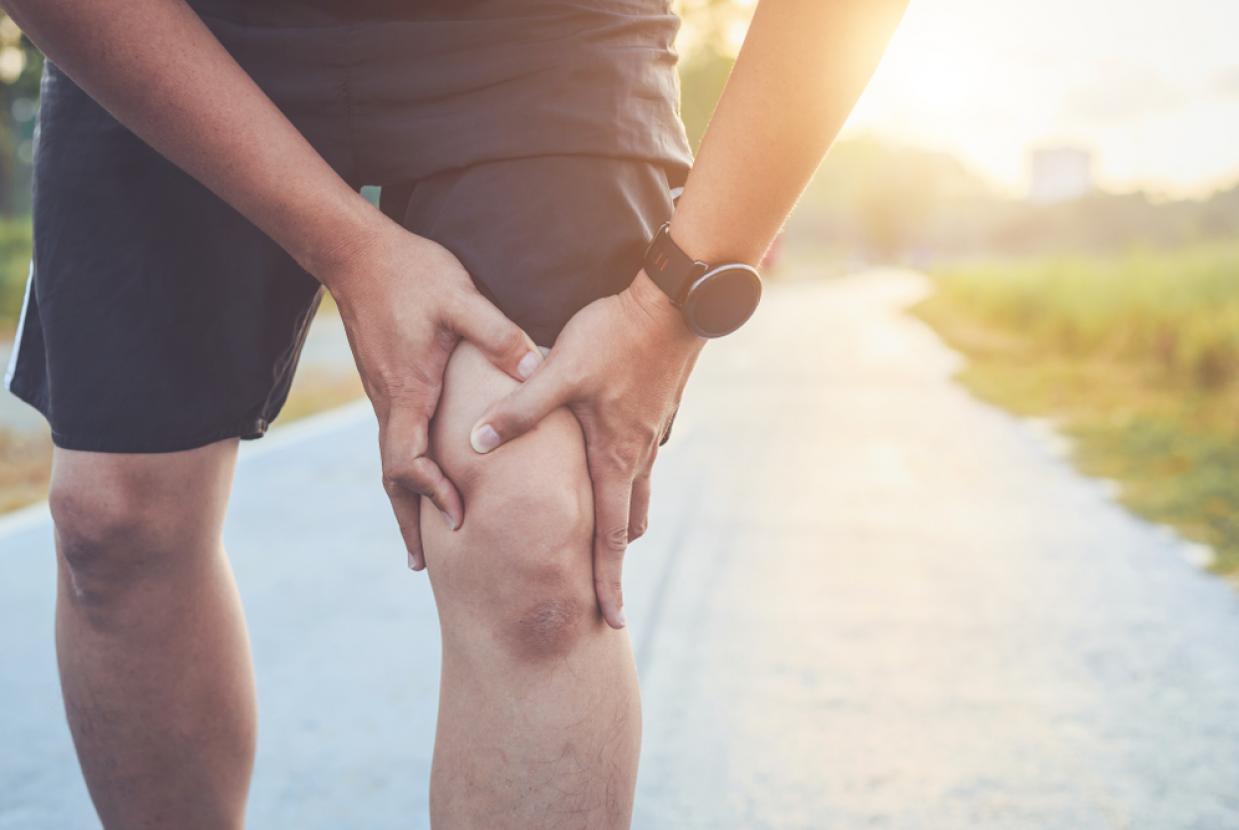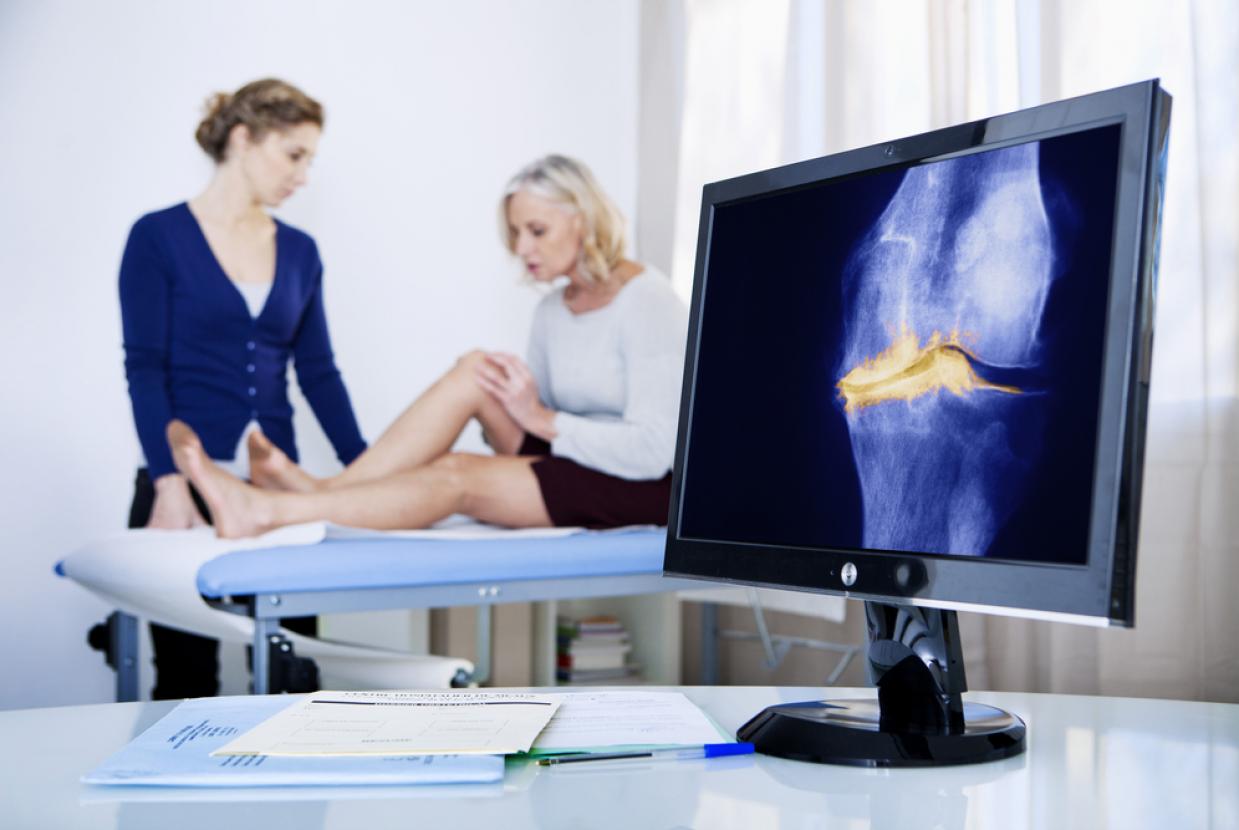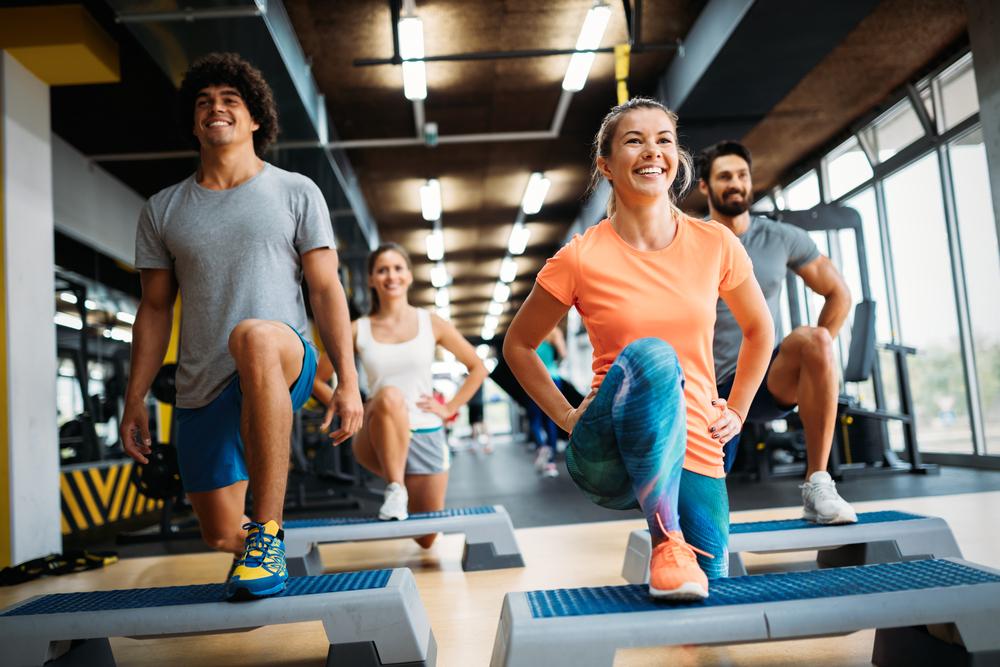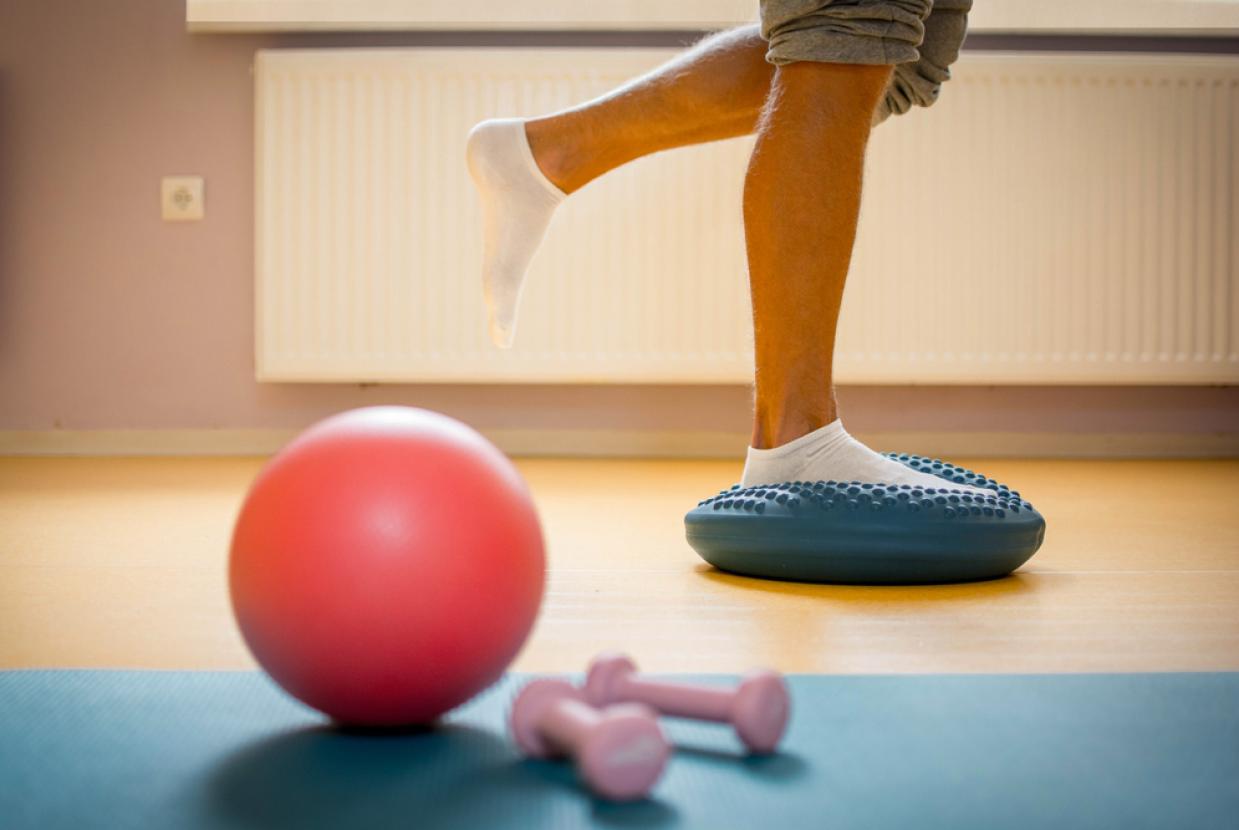Exercises For Healthy Bones
Bone Health / Get FitAll forms of physical activity will help keep your bones strong and healthy and reduce the risk of falling. Check out the government's physical activity recommendations for:
Physical activity is only 1 of the building blocks for strong, healthy bones – the others being eating food for healthy bones and avoiding certain risk factors for osteoporosis.
Children and young people
Childhood, adolescence and early adulthood, when the skeleton is growing, are the time for building healthy bones. Children and young people should take part in moderate-to-vigorous intensity physical activity for an average of at least 60 minutes a day across the week.
Infants (less than 1 year)
Examples of muscle and bone-strengthening activities include:
- tummy time
- active play
- crawling
Under 5s (walking)
Examples of muscle and bone-strengthening activities include:
- climbing
- walking
- jumping
- running
Children and young people (up to 18 years old)
Examples of bone-strengthening activities include:
- gymnastics
- football
- jumping
- martial arts
Adults (over 19 years old)
Most muscle-strengthening or resistance exercise improves bone health. Do it at least 2 days a week. Examples of activities for adults include:
- circuit or resistance training
- aerobics
- ball games
- tennis or racquet sports
- running
- dance
Older adults
Examples of activities for active older adults include:
- walking
- lifting weights or using resistance bands
- some impact activities like running, jumping or skipping
- If you're not very active, these activities may help:
- walking
- stair climbing
- strength exercises at home
To reduce the chance of falls, older adults are recommended to include activities that help with balance at least 2 days a week. For example:
- tai chi
- bowls
- dance
People with osteoporosis
If you have osteoporosis or fragile bones, regular physical activity can help keep your bones healthy and reduce the risk of a fracture in the future. Depending on your risk of fracture, you may need to avoid some types of high-impact exercise.
But if you're otherwise fit and healthy and already enjoy regular exercise, you should be able to continue. Check out the videos and factsheets about exercise and physical activity for osteoporosis and bone health on the Royal Osteoporosis Society website.
Speak to a GP and ask if there's an exercise referral scheme in your area that caters for people with osteoporosis.



